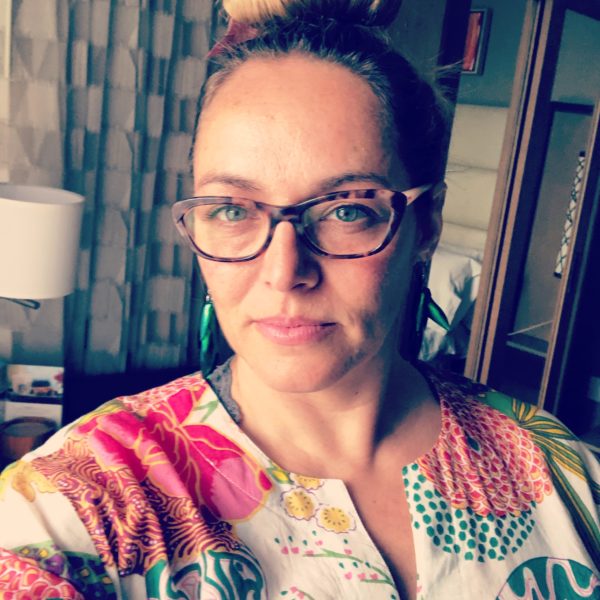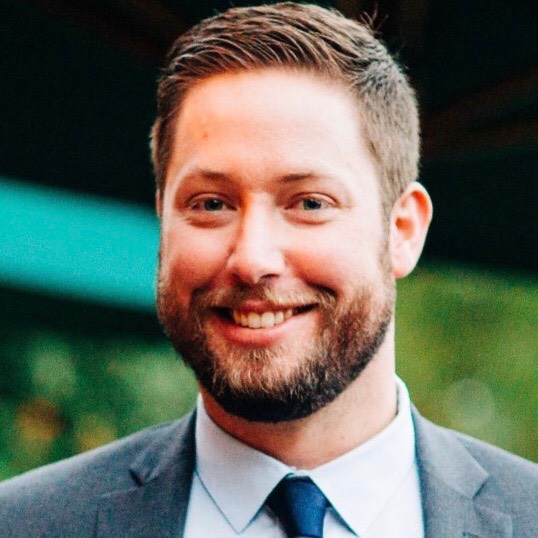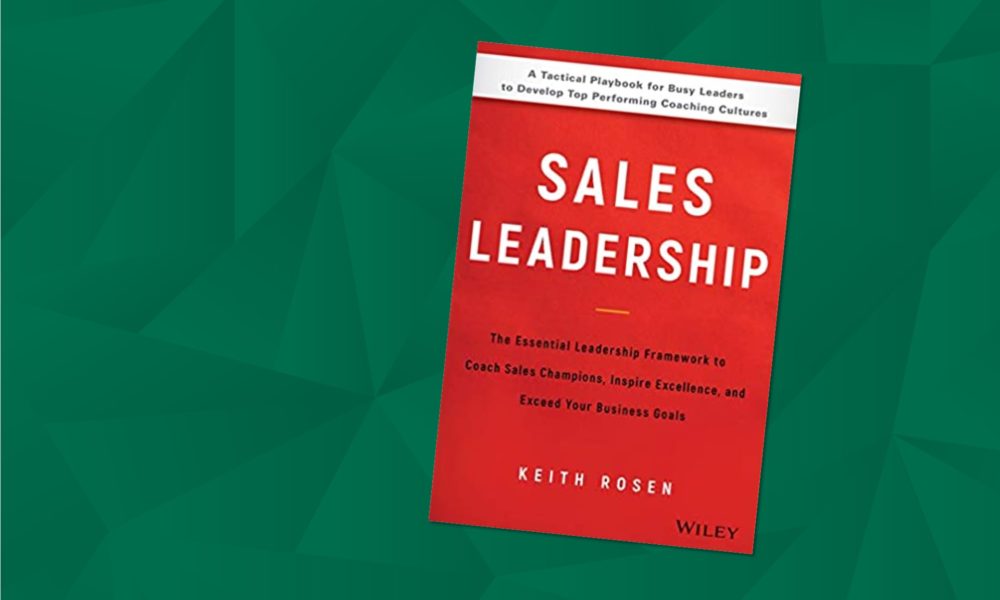Delivering Effective Sales Coaching in 2022
3.1K Views | 12 Min Read
With 2022 just around the corner, sales enablement professionals will need to prepare for another year of uncertainty and potential challenges. 2022 will be defined by similar challenges to the last year and a half with a continuation of virtual and hybrid work and the potential for negative side effects including video conferencing fatigue, burnout, and work-related stress and anxiety. It will also be a year defined by a lot of uncertainty, especially around the still undecided possibility of a return to the office for many organizations.
Whether conducted virtually, in-person, or in a hybrid setting, it is even more critical for enablement to facilitate effective sales coaching in 2022. Sales coaches have a variety of tools at their disposal, both from new tactics for successful virtual coaching, as well as utilizing familiar coaching best practices.
Here are some strategies for implementing effective sales coaching in 2022.
How Virtual Work Has Changed Sales Coaching
Over the last year and a half, the pivot to virtual work has significantly shaped sales coaching, both positively and negatively. While there have been significant challenges around geographically separated teams, employee retention, and video conferencing fatigue, sales organizations have found unique ways to adjust to deliver effective coaching in this new work environment.
First, many sales organizations have shifted their focus to coaching for high-impact activities. Instead of just looking at revenue-driven metrics, it is also important to uncover the underlying skills and behaviors that lead to consistent high performance. As part of this process, holding frequent informal conversations with reps can help them to develop their understanding and share feedback and reflections on their own behaviors. Similarly, tools like conversation intelligence software have been useful in unlocking valuable insight from data.
Many teams have also focused on building excitement and enthusiasm by fostering environments where teams can be challenged and find opportunities to develop. In doing so, it has become more and more important for enablement to frame their messaging around the question of “what’s in it for reps?” to create employee buy-in. This has given sales organizations a chance to redesign coaching programs with the unique needs of reps in a virtual environment at the center.
“It’s all about how we design our coaching programs from the pulse of the field as well as in line with core business objectives,” said Jeff Scannella, senior manager of sales productivity and enablement at FullStory. “Really, it’s finding that harmony and that balance that strikes a chord with the revenue goals of the entirety of the business but also with the skills that are necessary from the rep perspective to enable them to get there.”
A Forecast of Sales Coaching in 2022
The biggest uncertainty around sales coaching in 2022 for many organizations is what it will look like: whether it will be in-person, hybrid, or completely virtual. Regardless of how coaching is facilitated, the biggest aspect that enablement can control is their preparation. How they design coaching programs, align them with key performance indicators, and analyze new skills in this current virtual environment will shape what their coaching will look like in 2022.
One important area that coaches should be aware of is how organizational culture impacts employee retention. Enablement can take changing work environments and employees’ work preferences into consideration when designing coaching programs and building a culture where their team can succeed and be the best version of themselves, both in their professional and personal lives. Coaches can work towards the organization becoming an employer of choice, guided by the framework of being in it with the team and being part of their growth.
“I feel accountable when I see team members succeed but I also feel accountable when I see team members struggle,” said Scannella. “It is really that team uniformity that can transfer someone who’s on the fence about where they want to work. We want to be providing them an outlet that says I need to be here, this is a great place for my development.”
When building a coaching program, enablement can start by evaluating historical data to look at where the organization succeeded, fell short, and why those successes and shortcomings occurred. Another helpful strategy is to look at how the sales enablement team engaged with other teams, like marketing and customer success. By taking a look at past strategies, it gives a clear picture of what methods to keep and which to improve.
“The accountability is super important as you look at 2022,” said Scannella. “Did we onboard these people correctly? Did we design the program in an effective, organized fashion? Did we not let it die after a three or four-week period but rather is it ongoing? Can we deliver and design coaching that provides feedback that isn’t necessarily telling but it’s asking great questions to uncover really what the heart of the challenge is for a seller? All of those things combined, keeping business goals is the focal point.”
How to Be a Successful Sales Coach in a Virtual Environment
An effective sales coach is necessary for successful sales coaching, whether conducted virtually or in-person. Successful sales coaches are empathetic leaders who are strong and assertive, yet put themselves in their team’s shoes to understand their scenario. They are great listeners who ask the right questions to help guide the seller to the right answer with the right collateral or approach through their coaching journey. They also ask their team members for feedback, with meaningful questions to understand what element of their coaching was most impactful.
“It’s part tactical and it’s part technical,” said Scannella. “From the tactical side, what does the roadmap to coaching look like? And then from the technical side, what are the things that we need to execute from minute one to minute thirty that this was a valuable conversation?”
In addition to adopting strategies for virtual coaching, enablement can continue to utilize traditional sales coaching best practices. Effective sales coaching programs start from the core fundamentals of the sales process, such as aligning with the activities and behaviors that drive opportunities from each stage to the next. Successful sales coaching programs foster learning environments where teams can flourish while behind closed doors before they work with customers, such as in one-to-one coaching, small groups, or peer-led sessions.
When rolling out new sales coaching programs or tools, it is necessary to build energy and enthusiasm within the sales team. Building the foundation of a program around what is in it for the reps will help drive that excitement and keep the team motivated throughout the process. Next, it is helpful to establish small, goal-driven milestones to engage sellers who are ambitious and driven. Finally, new programs should be collaborative, since reps can learn from and align with their peers.
“You also need a listening mechanism to ask the reps: are you working on something awesome, have you got a secret you should be sharing with everyone,” said Cameron Tanner, senior director of global enablement 2.0 at Cisco. “People want to hear from people that have achieved quota multiple years in a row, people want to hear from people who have been in seat the longest, people who – if there’s a new product or strategy that’s in play – are the front runners that are getting results the quickest.”
When designing a new coaching program, it is important to start by examining the fundamentals of what the business is based around. Looking at the organization’s sales methodology or whether the business is product-driven or consultative-driven can guide what a program will look like. Practitioners should not be afraid to try new strategies and measure them, and first-time coaches should be fearless and take advantage of the resources around them while partnering with key stakeholders for guidance.
Additionally, collaborating with frontline managers is foundational for building any sales program, especially coaching. They should be involved from the beginning, as their perspective helps uncover the biggest challenges within the sales process.
Use Metrics to Optimize Sales Coaching
Enablement can look to key metrics to measure the impact of coaching and optimize it. Overall business goals are important metrics to examine, such as launching new products or building brand awareness. Similarly, it is also useful to look at the micro-conversions that lead to the bigger wins to understand how much focus is put into high-impact activities.
“In a successful enablement program, I want to be able to see measurable impact on the business,” said Giorgia Ortiz, head of global sales enablement at Lever. “At the end of the day, the number of people that have been through an e-learning or the number of people that have sat through different webinars or trainings, those are important statistics to have, but they don’t mean anything if I can’t correlate those activities to real measurable business impact.”
Some metrics cannot be measured on a spreadsheet, however. It is also important to look at the tone, energy, confidence, or fluency of a message. While these metrics are not strictly quantifiable, tools like conversation intelligence software can analyze these conversations and provide insights for what is successful and what can be improved.
It is helpful to look at the long-term effectiveness of a coaching program over a period of several months or a year and the intermediate steps that reps take on a monthly or quarterly basis. Next, enablement can assess what that looks like on a daily basis, which can highlight trends in how coaching is impacting short and long-term behavior.
While it is unclear what sales coaching will look like in 2022, enablement can begin preparing for next year to be ready for whatever the new work setting will look like. By adopting successful virtual strategies, continuing to follow familiar best practices, and fostering an organizational culture of growth and team engagement, enablement can ensure that sales teams are prepared and supported for the new year through effective coaching.

















